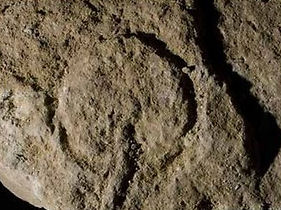
A block of limestone in southwestern France is adorned with what anthropologists believe are engravings of female genitalia dating back 37,000 years. The ceiling piece containing the proto-pr0n (pictured) was discovered in 2007 at Abri Castanet, an archaeological site that contains some of the earliest examples of primitive art.
New York University anthropologist Randall White, one of the researchers working on the project, said the works were some the oldest evidence of any kind of graphic imagery. Reporting his findings in The Proceedings of the National Academy of Sciences, White noted that the drawings include what appear to be images of the female vulva, illustrated by circles with small slits on one side. ”You see this again and again and again. There are also very simple images, in profile, of animals, including horses and lion-like big cats.”
White believes the art was likely meant to adorn the interior of a shelter for reindeer hunters. “They decorated the places where they were living, where they were doing all their daily activities,” he said. “There is a whole question about how and why, and why here in this place at this particular time you begin to see people spending so much time and energy and imagination on the graphics.”
Although the artworks are stylistically different, White and his fellow researchers believe the artists came from the same Aurignacian culture which comprised the first modern humans in Europe, replacing the Neanderthals. They lived from 40,000 years ago until about 28,000 years ago.
Related:
Discuss this article in our forum
Neanderthals’ Last Hurrah Surprisingly Sophisticated
Neanderthal innovation surprises archaeologists
Modern humans healthier thanks to Neanderthal nookie



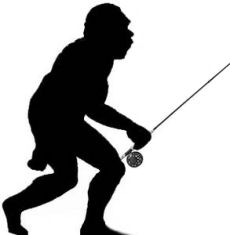


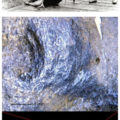






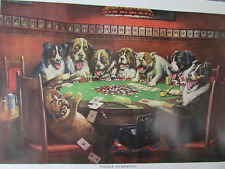


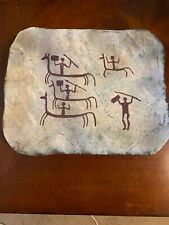

Comments are closed.